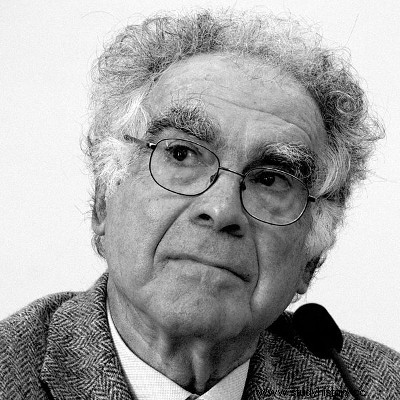
By Me. Cláudio Fernandes
On several occasions, the practice of historiography, since its origins, has been compared to activities that require the analysis of evidence to weave explanations. Examples of these activities are medicine, criminal investigation, plastic arts criticism, psychoanalysis, among others. However, the author responsible for systematizing this type of knowledge that is common to all these areas and also to history was the Italian Carlo Ginzburg , who coined the expression “evidence paradigm” in an essay entitled Spie. Radici di un indiziario paradigm ( Signs:roots of an evidential paradigm ) , published in the collection Crisi della ragione , organized by Aldo Gargani, which was published by Einaudi in 1979.
For Ginzburg, both history and the aforementioned disciplines share the practice of “tracking signs, indications, signs” that refer to some event, but without capturing it in their integrity. Thus, for example, medicine is guided by the signs of pathology that a body presents, such as fever, pain, bruises, swelling, etc. The doctor proceeds by analyzing these signs and submitting the patient to a series of tests until a safe diagnosis is established. In the same way, a forensic expert analyzes the scene of a crime, from the signs left on the corpse to elements such as footprints, fingerprints, etc.
The art critic, especially the one in charge of verifying the authenticity of a classic work, also works by means of very subtle signs, characteristic of each painter, unrepeatable for being so unique. The psychoanalysis founded by Freud also follows this line, interpreting fragments of dream images (dreams) that patients report. Ginzburg, in his essay, managed to perceive that there is a form of knowledge that can be on the border between the rigid knowledge of the natural sciences - which operate by demonstration and empirical verification of the analyzed data - and the creative forms, such as literature, poetry, myths. , etc. Between these two instances is the paradigm , that is, the model, indicator , which works by tracking signals just like a hunter.
By the way, Ginzburg points out that wisdom through indices, signs, is as old as humanity itself. It was through indices that prehistoric man managed to reach higher levels of intelligence. The knowledge of hunters and star observers was decisive for the development of humanity and for the emergence of the first civilizations.
For history, or “the science of history”, such a paradigm is imperative, given that the historian's object of study is the past. And, being the past, there is no way to access it directly, there is only way to touch it through what is left to us, the “remains” of that past. Roughly speaking, from the evidence of past events. In this way, history is an indirect knowledge, or science. For Carlo Ginzburg, there is no way to frame history outside of this reflection on the evidentiary paradigm.
* Image credits:Commons
